11 Best Practices to Reduce Churn Rate in SaaS Businesses 2021
No business wants to lose consumers, whether it is a physical store, an online store, or a software as a service (SaaS) company. Every company’s ultimate goal is to increase its user base and grow its business. But that doesn’t happen all the time, does it? There are days when businesses gain some customers, and there are days when they lose some.
Besides, several studies have indicated that acquiring a new customer can cost five times more than retaining an existing customer.
For these reasons, reducing the churn rate is more crucial than we think. Fortunately, there are several tried and tested methodologies that you can practice to reduce churns rate in the SaaS business. But first, let’s understand what churn rate is.
What is Churn Rate?
The churn rate, also known as customer churn, is the rate at which consumers discontinue doing business with a company. It is most usually expressed as the percentage of service subscribers who cancel their memberships within a specified time frame.
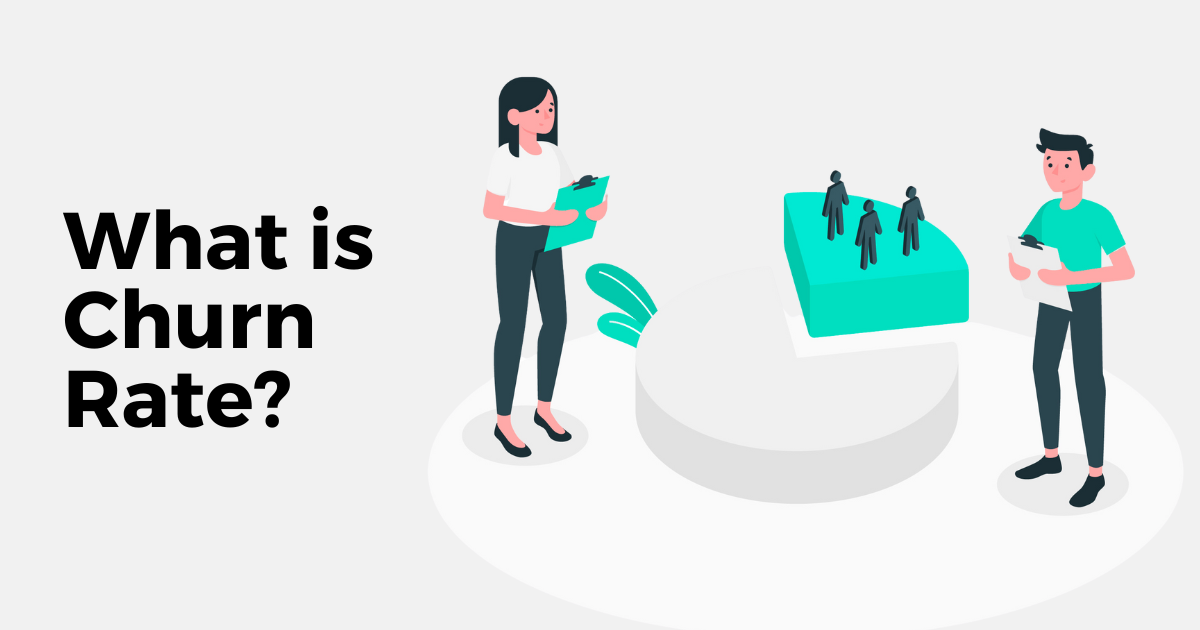
In mathematical terms, the customer churn rate can be defined as follows:
Customer Churn Rate = (Lost Customers ÷ Acquired Customers) x 100%
Customer Churn Rate = (10 ÷ 100) x 100%
Customer Churn Rate = 10%
However, in order to expand its customer base, a company’s growth rate must exceed its churn rate since the customer churn rate and customer growth rate are diametrically opposed metrics. The former measures customer loss and the latter measures customer acquisition.
Moreover, it is worth noting that churn rate is an extremely important indicator for organizations whose customers pay recurring fees, such as SaaS or other subscription-based businesses.
Now, let’s discuss how to reduce churn.
11 Ways to Reduce Customer Churn Rate in SaaS Business
1. Examine The Causes Of Churn
As they say, understanding the problem is the first step toward solving it. So, first and foremost, when you discover that the churn rate has exceeded a specific threshold despite your best efforts, it is time to investigate why customers are quitting and what you can do to prevent more customers from taking the same route.
Start with investigating the customer’s history, the products or services they have ordered or utilized, and their communication records. Did the customer complain about something before leaving? Did they provide feedback? Did they talk about a competitor? By examining all of this data, you will most likely discover some clues or factors which may have led to the growing customer churn rate.
If you are using Salespanel’s tracking system, you can simply find out how churned customers have engaged with your website throughout their journey and how things changed near the end.
2. Create A Simple Onboarding Process
Poor onboarding is one of the primary causes of a higher churn rate during acquisition/trial. If you don’t take the new user or subscriber by the hand and teach them exactly what they need to do, they’re unlikely to use your product or service. For this reason, developing a comprehensive onboarding process is critical to reducing the churn rate in the SaaS business.
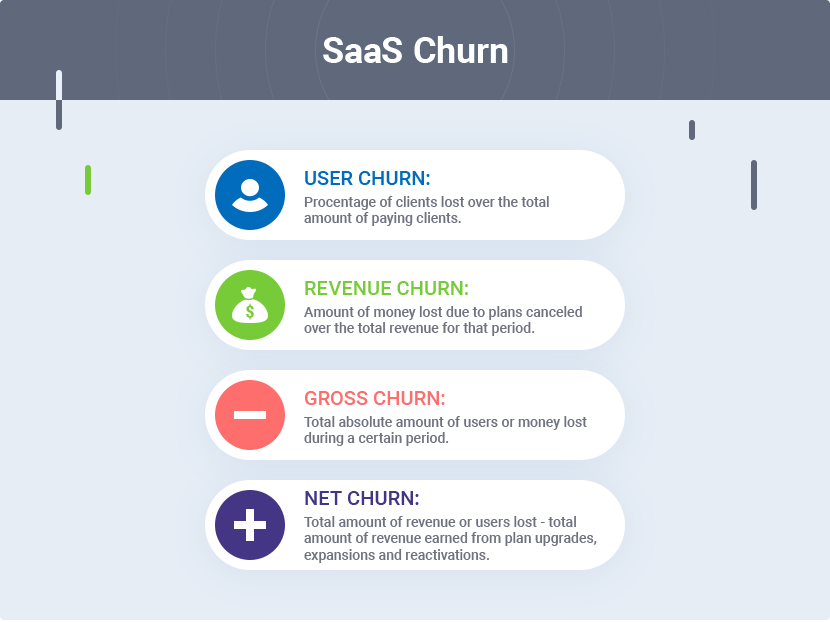
Image Source: custify.com
For example, you may send new customers a quick email, dedicate customer representatives for onboarding, and create educational content on your blog, social media, and video channels to educate them and show them how to make the best use of your products or services.
3. Get Virtual Phone System To Connect With Customers
Poor customer service is another major cause of the higher churn rate in SaaS service. However, you can overcome this limitation by using a virtual phone service or a virtual phone number– Voice over Internet Protocol (VoIP).
VoIP allows you to make and receive calls through a broadband internet connection rather than a traditional or analog phone line. You can also receive customer calls while sitting at the office as well as from remote locations anywhere in the world with the help of a virtual phone number.
4. Develop A Connection With Your Users
Another important factor in lowering customer churn rate in SaaS firms is engaging and creating connections with your customers actively. By cultivating relationships with customers and communicating with them on a regular basis, they will regard you as a reliable partner.
This practice entails the following actions:
- Reach out to your customers regularly with content you believe they will find interesting or useful.
- Use social media to connect and engage with them.
- Reach out if there are any issues or temporary problems with the product or service so that they know they can rely on you in the hour of need.
5. Identify At-risk Users
We strongly believe that identifying the churn factors is the greatest way to avoid it.
You may uncover the most important elements of a healthy customer by gathering data on how they use your product or service. This information will certainly assist you in identifying at-risk customers. Once you’ve identified these customers, notify your sales team immediately so they can actively reach out to them to ensure they get the required assistance.
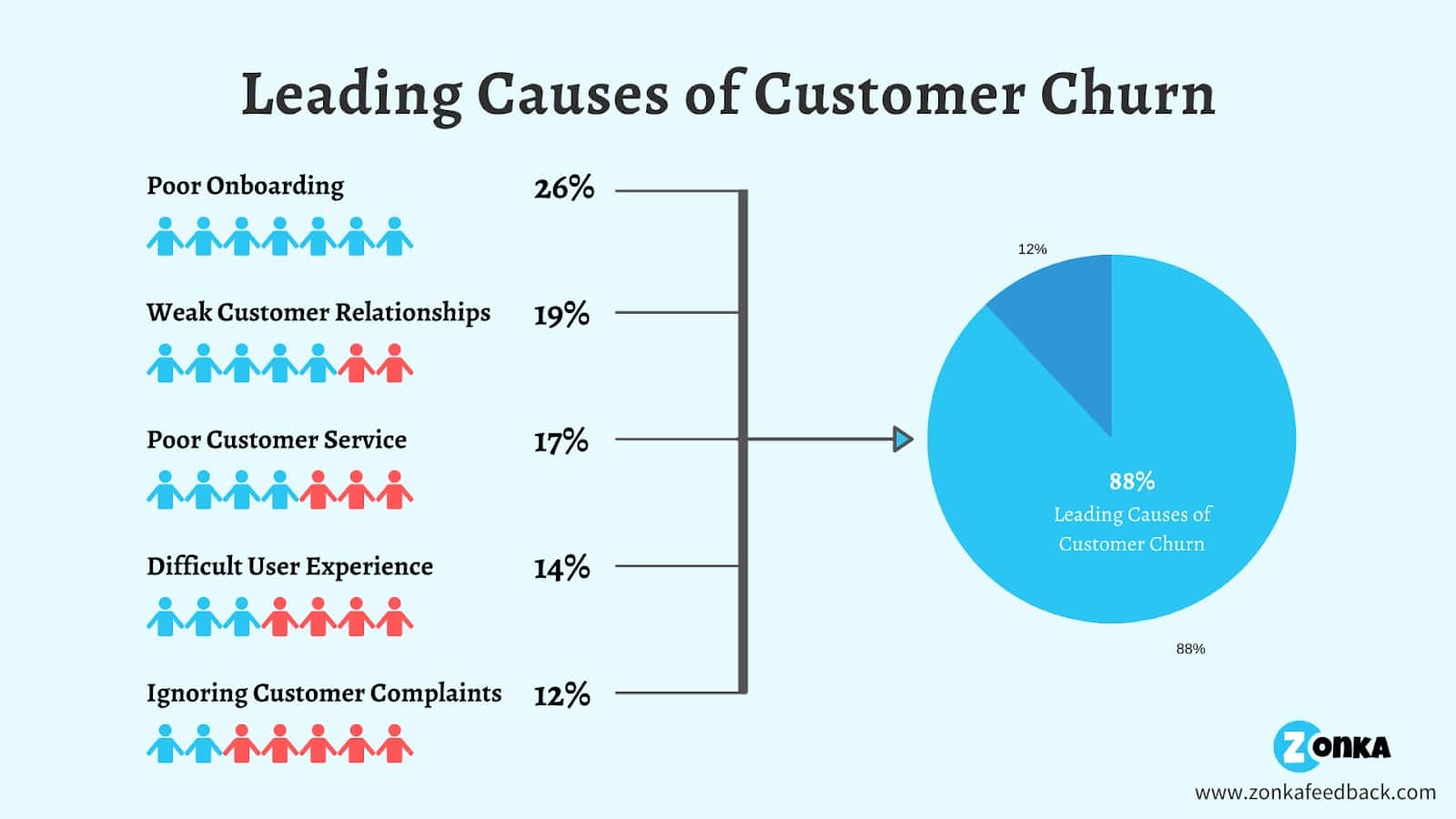
Image Source: zonkafeedback.com
Besides, you may then even devise a unique approach to reach out to this segment of customers with a high churn rate and resolve their concerns. This exercise will certainly prevent them from abandoning your services.
6. Provide Incentives
Offering incentives is another tried and tested technique to reduce churn rate in the SaaS business. Incentives might range from discounts, coupons, special deals, free monthly subscriptions, and so on. These rewards are typically presented to customers who are at-risk or are likely to defect.
However, this does not mean that you toss money at customers or take a huge loss. You must first decide how much money you should invest in a retention strategy. Make certain that the costs of your retention campaign do not surpass the earnings you expect to generate from the consumers you wish to retain.
7. Target The Right Audience
Getting wrong customers is even worse than getting no customers. With a strategy that focuses solely on acquiring customers at any cost without regard for long-term goals, you may gain clients at the outset by offering them freebies and discounts. However, you will lose the majority of these consumers in the long run.
Rather, it is preferable to target those who recognize the long-term worth of your products and services. This ultimately means that you should design your customer acquisition approach with long-term goals in mind rather than short-term ones.
8. Increase Your Average Customer Spending
Increasing average customer expenditure can also significantly reduce the churn rate in the SaaS business. This strategy can be carried out in certain ways. For example, you may provide a discount on yearly subscriptions, Cashback on a specific amount of orders, or a discount on the 1st, the 10th, or the 20th order.
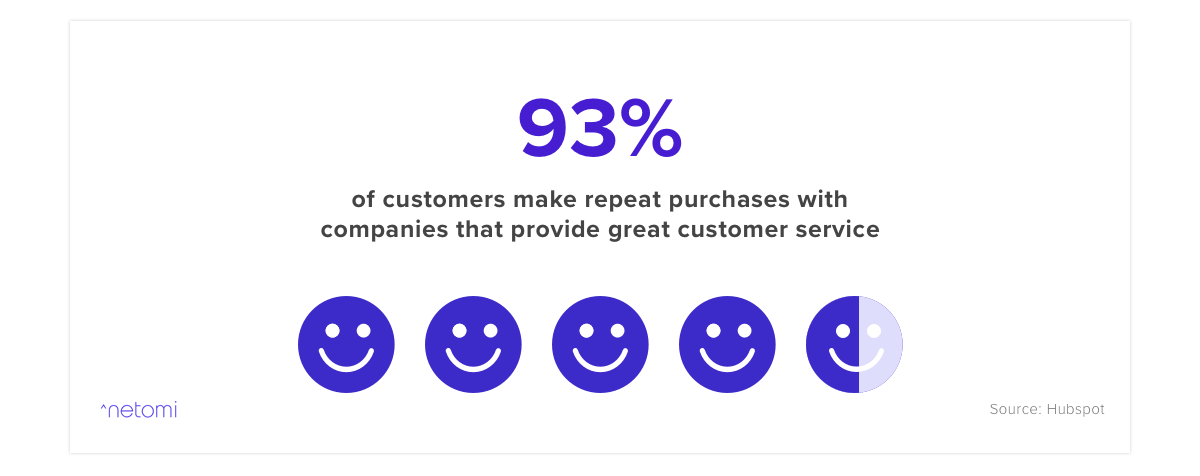
Image Source: Netomi
It is important to note that increasing your average customer spend not only benefits your customers but will benefit you as well. By spending a little more on each customer, you may make them feel valued and keep them for a long time.
9. Pay Attention To Customer Complaints
Customer service or customer experience has become an indispensable component of the modern shopping experience. Customers have become increasingly conscious of the importance of customer service in recent times. That’s why it is critical that you pay attention to customer service and provide prompt solutions whenever needed.
One of the numerous methods to improve your customer service is to employ a virtual phone system, which allows you to connect via the internet and manage calls from anywhere, such as the office or remote locations.
Customers who are pleased with your customer service will certainly become your most powerful brand ambassadors, recommending your products/services to their friends and family.
10. Showcase Your Competitive Advantages
Showing off your strengths or how your products or services are better than your competitors is an important component to reduce the churn rate in SaaS. Therefore, you should frequently remind your customers how your products/services are superior to others. Make them feel and understand what they stand to lose if they quit your service.
But for that, you must first identify how you are better than your competitors. It could be factors like the rates, the quality, specific ingredients in the product, or the methodology you use. Then, list all of your advantages and market them to both existing and prospective customers to make them glued to your company for a long time.
11. Seek Customer Feedback
Finally, after you have performed all of these tasks and responsibilities, it’s time to assess how they had an impact on your customers. One of the most suitable techniques for this exercise is to seek customer feedback.
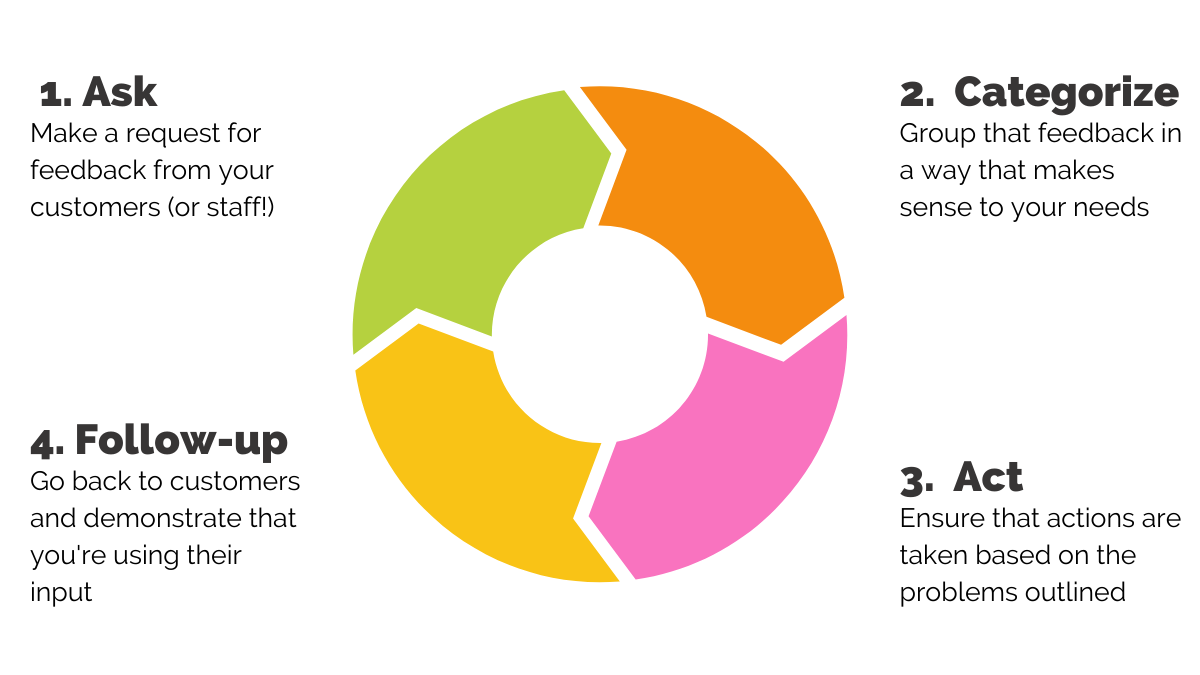
Image Source: babelforce.com
You can simply send an email to the consumers who left, asking what they felt about your service and what they left. Moreover, to make this strategy even more effective, send personalized emails instead of identical emails.
Once you receive the feedback, share it with the concerned department to find out what went wrong with that customer and how you can ensure that it does not happen again in the future.
These are the 11 best practices to reduce churns rate in the SaaS business. Follow as many of them as possible to ensure the lowest client churn rate possible.
Final Thoughts
To reduce churn rate should be at the top of the priority list for every business. However, in order to reach this goal, you must first establish an environment in which customers feel valued. One of the greatest ways to create such an environment is to use the techniques listed above. We are confident that all of these crucial strategies will definitely assist you in accomplishing your goal– to reduce the churn rate.
Sell more, understand your customers’ journey for free!
Sales and Marketing teams spend millions of dollars to bring visitors to your website. But do you track your customer’s journey? Do you know who buys and why?
Around 8% of your website traffic will sign up on your lead forms. What happens to the other 92% of your traffic? Can you identify your visiting accounts? Can you engage and retarget your qualified visitors even if they are not identified?


